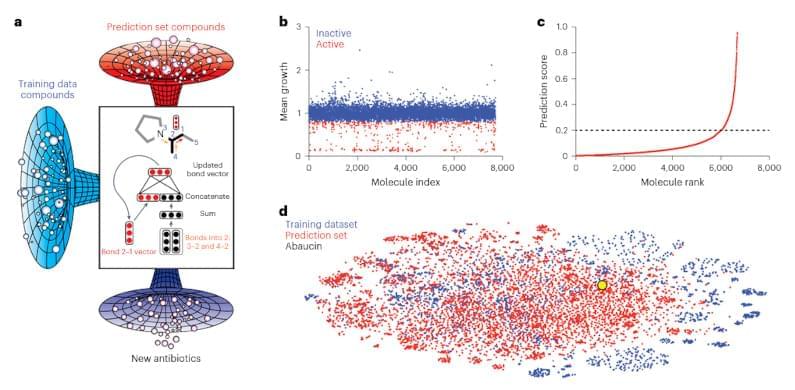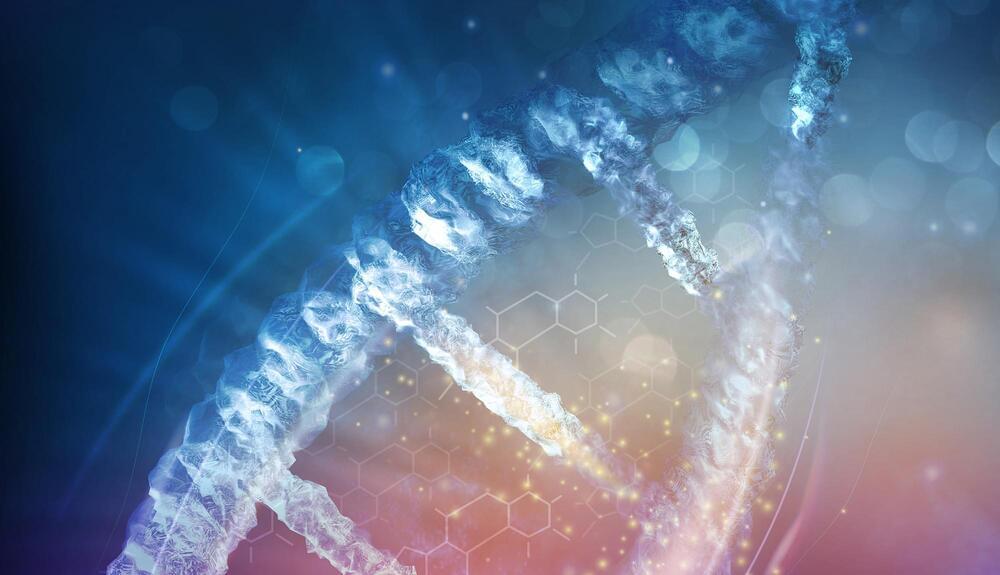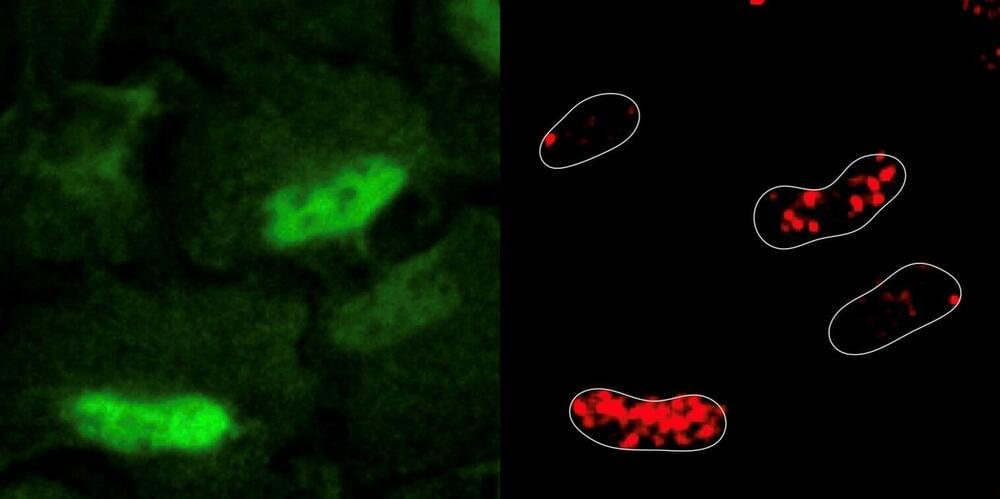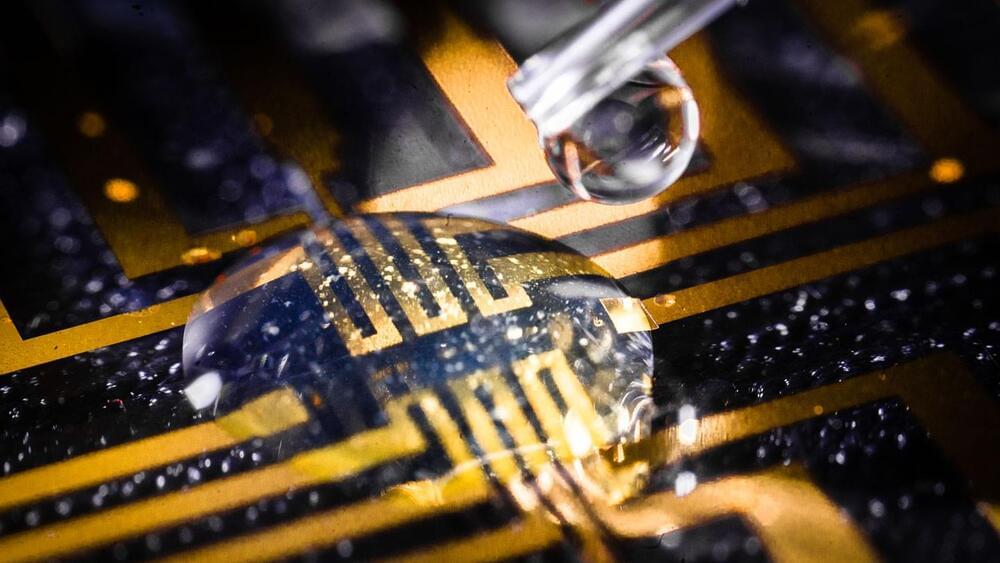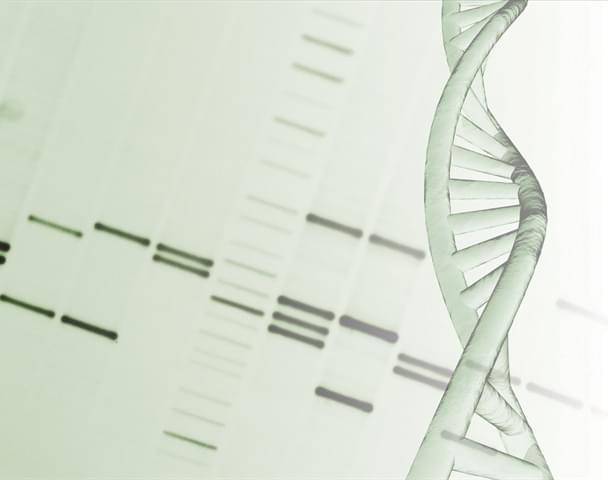In recent years, electronics engineers have been trying to develop new brain-inspired hardware that can run artificial intelligence (AI) models more efficiently. While most existing hardware is specialized in either sensing, processing or storing data, some teams have been exploring the possibility of combining these three functionalities in a single device.
Researchers at Xi’an Jiaotong University, the University of Hong Kong and Xi’an University of Science and Technology introduced a new organic transistor that can act as a sensor and processor. This transistor, introduced in a paper published in Nature Electronics, is based on a vertical traverse architecture and a crystalline-amorphous channel that can be selectively doped by ions, allowing it to switch between two reconfigurable modes.
“Conventional artificial intelligence (AI) hardware uses separate systems for data sensing, processing, and memory storage,” Prof. Wei Ma and Prof. Zhongrui Wang, two of the researchers who carried out the study, told Tech Xplore.


